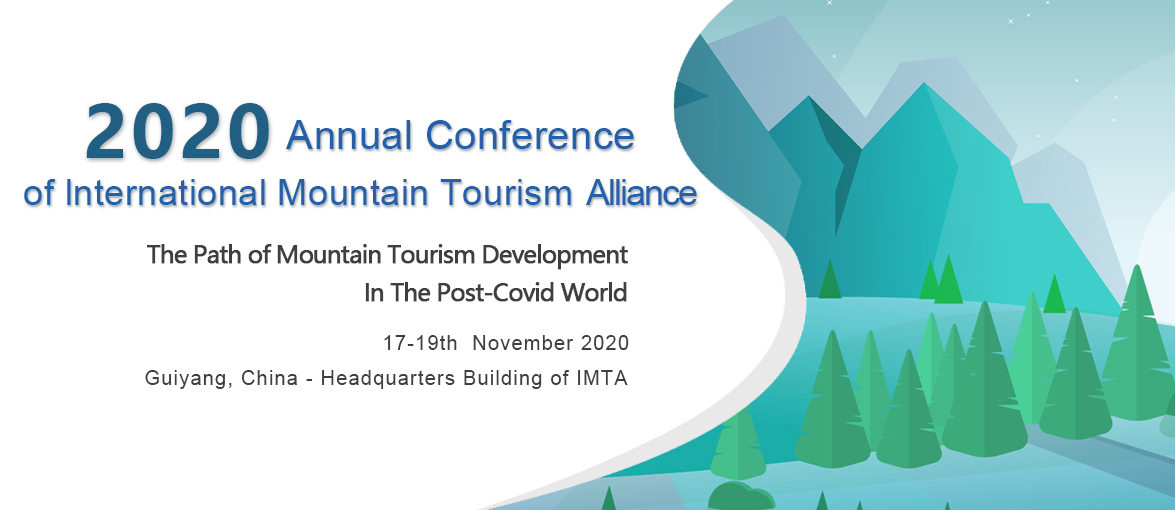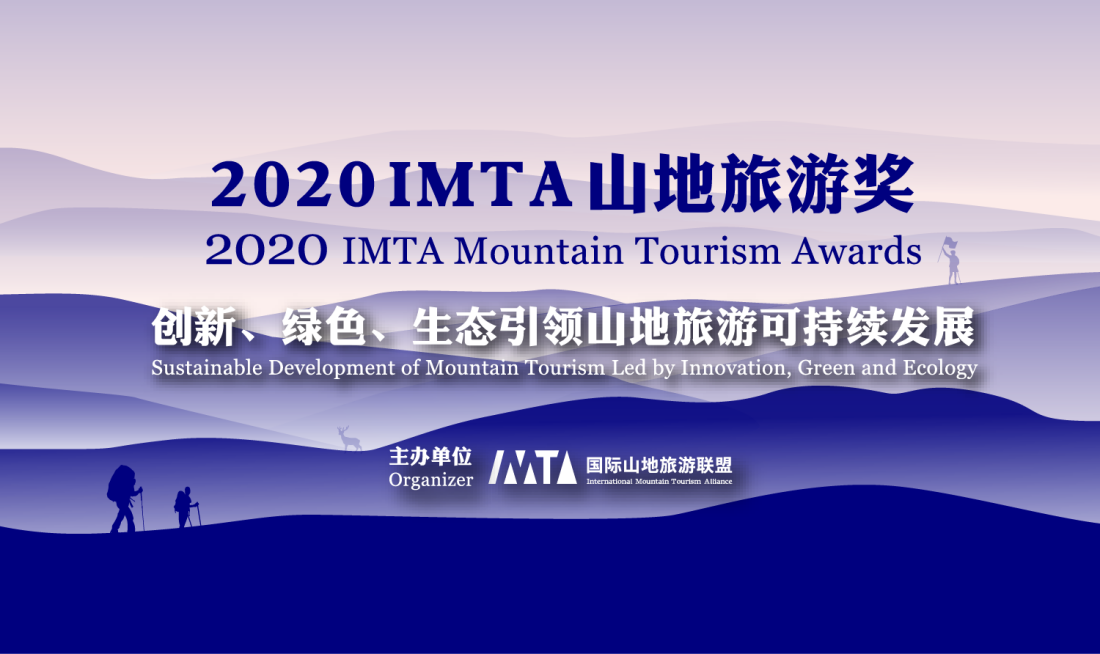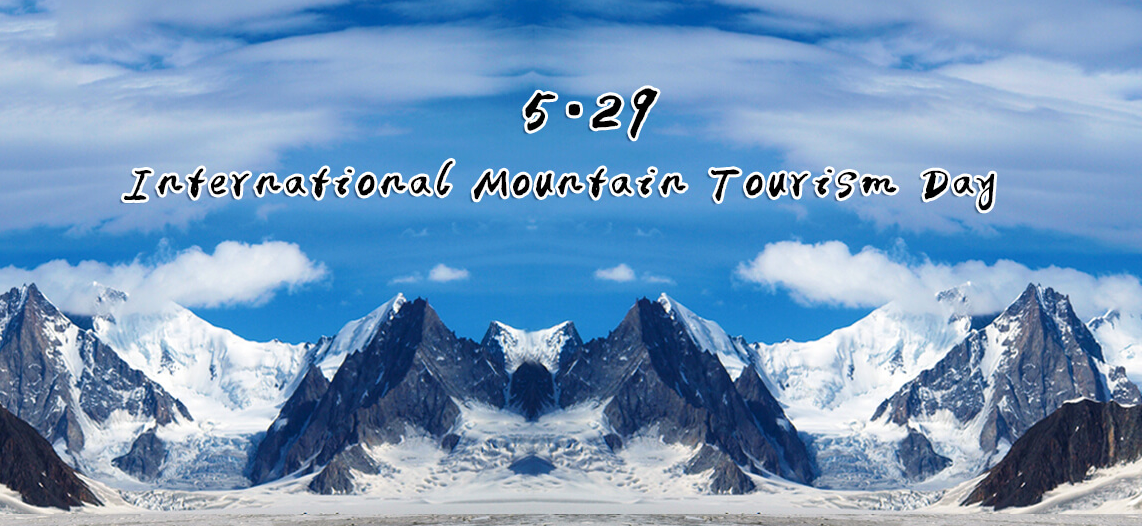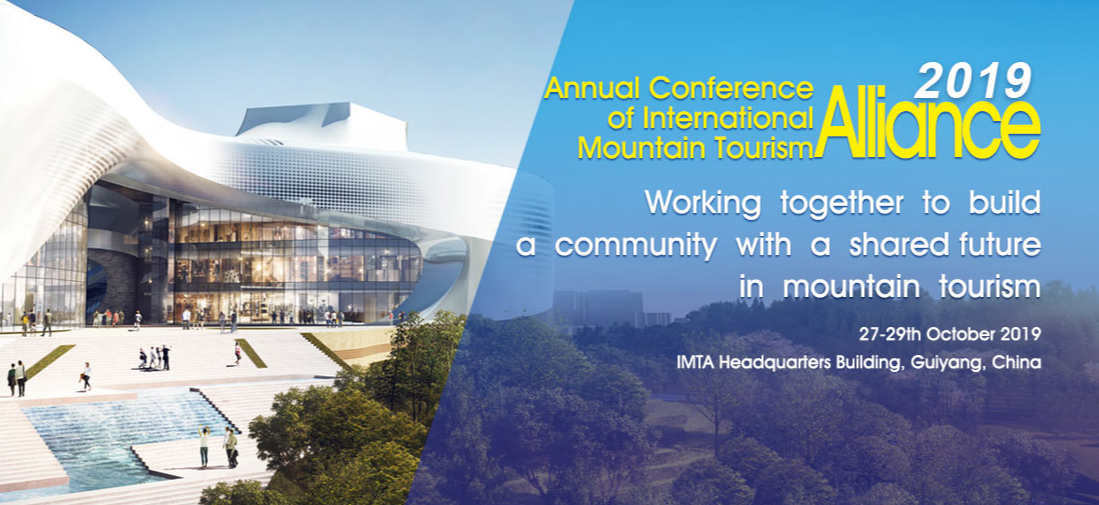On 29 May, the “International Mountain Tourism Day 2023” theme events titled “Enjoy the Wonder of Mountains, Share the Beauty of Life, Revitalize the Tourism Industry” kicked off in Vientiane, Laos. The events were jointly organized by Ministry of Information, Culture and Tourism of Lao PDR (MICT), International Mountain Tourism Alliance (IMTA), Pacific Asia Travel Association (PATA), and Global Tourism Economy Forum (GTEF), and supported by World Tourism Organization (UNWTO), World Travel & Tourism Council (WTTC), ASEAN-China Center (ACC), China NGO Network for International Exchanges (CNIE), Guizhou Provincial Department of Culture and Tourism and Foreign Affairs Office. Over 250 guests from international organizations, IMTA members, and tourism institutions, culture and tourism enterprises, experts and scholars, and global media workers from Laos and other countries, gathered together to discuss the supply, market development, and solutions of mountain tourism facing the new consumer demands, explore the system of mountain tourism cooperation and governance within the Regional Comprehensive Economic Partnership (RCEP) framework, and jointly facilitate the full recovery, opening and interaction of the tourism market. Guests, from various perspectives, offered constructive and forward-looking insights on the new-stage innovation and regional development of mountain tourism. The events has aroused widespread concern in the international tourism industry.
On the Asian Mountain Tourism Promotion Conference, Serge Koening, Serge Koenig, Member of IMTA Expert Committee, International Mountain Tourism Expert, gives a presentation on "the imperative need to anticipate the mountains of tomorrow".
Hello dear friends of IMTA. For this International Mountain Day 2023, I want to talk to you about the imperative need to anticipate the mountains of tomorrow.
I live in Chamonix at the foot of Mont Blanc in the French Alps. This valley has become a must in terms of mountain tourism, which has developed here since the 18th century. The natural resources of Chamonix are exceptional. Very early on, tourist infrastructures were developed. The Montenvers mountain train was built in 1910, the Aiguille du Midi cable car in 1950: the 2 sites are still among the most visited in France with the Eiffel Tower.
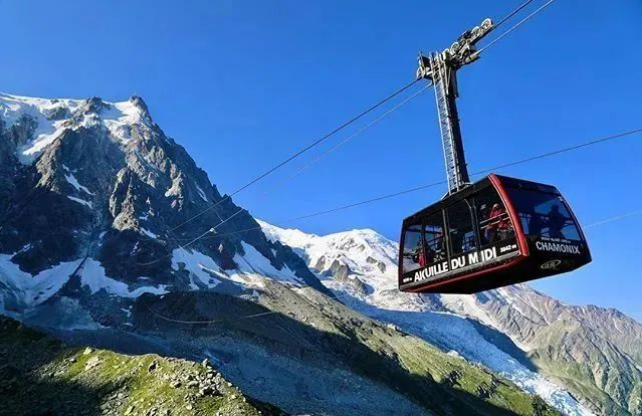
Source: Chamonix Mont Blanc Tourist Office, France
It was after the 2nd World War that tourism, then reserved for an elite, became popular and became a mass practice, with the development of trains, roads, individual cars, reception centres, paid holidays for the middle classes…
The Mont Blanc tunnel, built in 1965, linking France to Italy, will promote international visits to Chamonix. The Covid in 2020 has not changed anything in the consumer affluence of mass tourism. The number of international visitors to Chamonix has even increased.
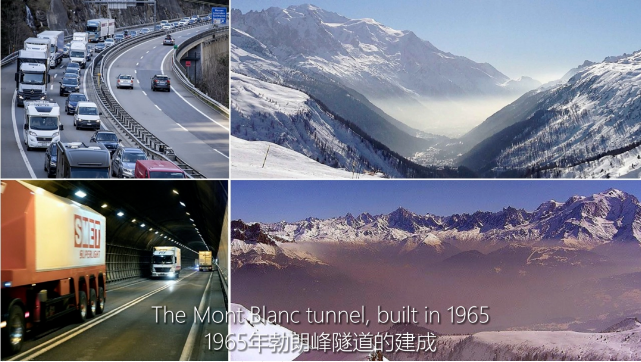
Screenshot from the vedio
Here, freedom and free access to the mountain are sacred rules: the mountain is considered a common heritage for all and should be open to all. The economy is based solely on trade services. Even rescue is free. If a hiker is injured in the mountains, the helicopter and the rescue team intervene without charging. Not that the relief costs nothing, but the municipality and the State pay for this device by betting on the fact that more tourists will be attracted by the holidays in the mountains and will spend their money there.
In a way, Chamonix is a paradise. I moved there in 1980. The mountain has always been my passion and work and I quickly integrated into the local population. At that time the valley had many green spaces dotted with a few hamlets and villages. A soul lived in this place.
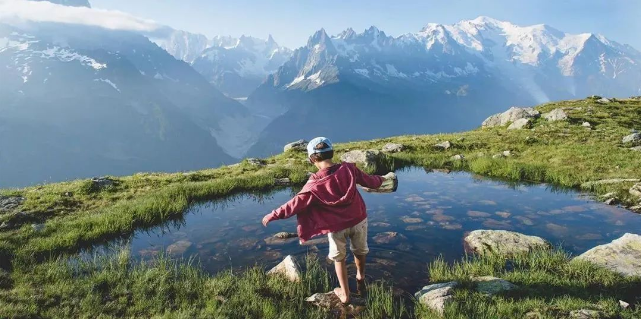
Source: Chamonix Mont Blanc Tourist Office, France
Only here it is: we cannot live in a universe today teeming with people as we once lived in this universe with few people... The economic industry of tourism has gradually revealed a less positive setback. The soul and tranquility of the valley have disappeared in the face of the sirens of profit. With the economic hyper-activity, the indigenous population and the mountain have been embarked on this spiral of limitless business, with the problems that go with it.
It is this experience of Chamonix, now more than 3 centuries long, that I share with you, its successes, its failures and its questions in the face of the challenges of the mountains of tomorrow.
The hamlets and villages of yesteryear are now immersed in a city that stretches all along the 15km of the valley. The cost of living has skyrocketed, the price of land has exploded, real estate too. Many locals can no longer live in Chamonix. They have to go and live 30 or 50 km away in a less expensive region to come every morning by car to work in their mountains.
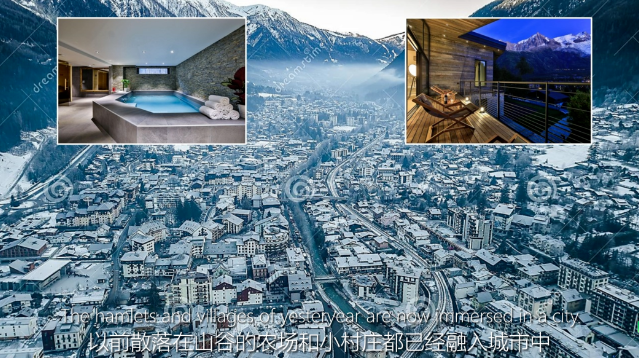
Screenshot from the vedio
Tourist real estate has invaded every possible corner. Real estate speculation has taken hold. Many neighborhoods are now "closed shutters" in the off-peak season. It has become very difficult for a permanent local resident to find an apartment to stay in Chamonix. The city has become cosmopolitan. The businesses are mostly run by businessmen from elsewhere. At school, 50% of students want to take classes in English.
Faced with a mountain overcrowded by tourists from all over the world, who do not necessarily share the notions of personal responsibility and a sense of respect for the environment, the local authorities have begun to take restrictive measures such as regulating its flows or even banning them. This is the case for the ascent of Mont Blanc, victim of its success, with too much waste and too many accidents.
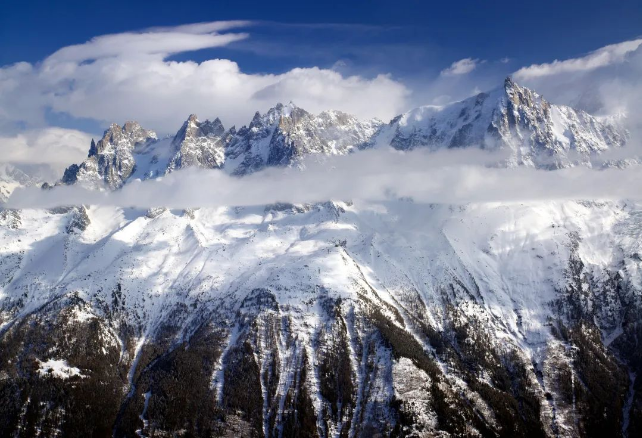
Source: IMTA
The motorway bringing directly to Chamonix 2.5 million annual visitors and the Mont Blanc tunnel (also used each year by 700,000 heavy goods vehicles) affect the air quality of the valley: Chamonix is one of the of the most polluted cities in France.
The authorities are trying to slow down the movement. Chamonix no longer promotes, no longer wants to welcome more visitors, and seeks to give priority to the locals. The challenge of reversing the spiral is complicated.
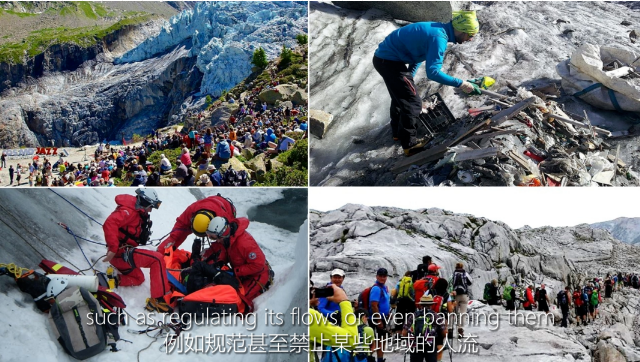
Screenshot from the vedio
Added to this is the challenge of anthropogenic climate change. We know that the tourism industry globally produces 10% of global greenhouse gas emissions. And the consequences of global warming affect the mountains which are less and less snow-covered, more and more dangerous (landslides, disappearance of glaciers, etc.) and therefore less attractive. Not to mention the prospects of diminishing water resources necessary for all life in the valleys and plains downstream...
So what is the moral of this story? What experience can we draw from this story?
I am not going to expand, but a tourism development project must be planned over the long term, in particular with a moderate and equitably distributed economy, reconciled with rigorous preservation of the environment, and the maintenance of the local population, which must remain there as the central actor.
Mountain tourism must be thought out on the fundamentals of quality and not quantity. The 17 Sustainable Development Goals of the United Nations are a good roadmap.
I thank you warmly. And enjoy the mountains.



